To put all my cards on the table before we go into this article I would like to say that I am a large fan of Bob Lutz. Lutz is one of the most charismatic characters in the story of modern automotive history and he has been key in the revival of GM. So when Bob unveiled an all-electric concept Volt at the 2007 Detroit Auto Show with claims to bring it to market, the industry took notice and the skeptics were watching closely to see the project fail. With all the hybrids and new of electric vehicles from the other manufacturers, Lutz and the team at GM knew they had one shot at getting the car to market and coming through with their promises. The hype surrounding the car was built up in the next 3 years and GM even had giant advertising put up in major city areas down Woodward Avenue and Hollywood Blvd as seen below to gain customer attention.
The vehicle that finally came to production took a more traditional form like that of the Prius and became an extended range electric vehicle that could run on electric power as well as gasoline for extended trips. The price continued to grow as the vehicle neared its release and the car that we would eventually get the keys to would tip the scales at a hefty $44,000 before a supposed tax credit of $7,500 (more on the price later). We were able to truly put the Volt through the paces in the week we had the car and in our 800 miles can give a fair assessment of the dream and vision of “Maximum” Bob Lutz and his team at GM.
The basic facts about the Volt state that the car is able to run on electric power alone for around 40 miles after a 10 or so hour charge of the battery. The battery can be charged from a simple outlet in the garage or you can have a 240-volt charger set up(will set you back about $1,900) to cut that charge time by about half. The Volt also features a 1.4L gasoline “generator” on board that can continue to charge the car as it goes past the 40-mile electric range and gives you an additional 300 miles.
My commute to work was a perfect example of how the Volt may be best used and I was able to charge it at home and at work to drive the 44 miles between my home and workplace. In heavy traffic, I would simply put the car into the “Low Gear” which simply tells the regeneration system to slow the car down more aggressively to attempt to gain back some of the power used to propel it forward. In this mode, you rarely would have to use the brakes themselves and the car would come to a stop on its own once you mastered the use of the regenerative braking. In my 44 mile commute, I would often make it all the way to work or run out the exit before my workplace and then use the gasoline mode to make it the rest of the way. I was then able to charge it in the parking garage for around 8 hours and make it about 38 miles on the run back to my house. When all was said and done I drove about 35 miles on actual gasoline in the 4 days I drove to the office and the calculations had my average at 96 miles per gallon.
The big difference between the Volt and its main competitor, the Nissan Leaf, is that Chevrolet works to do away with the “range anxiety” that comes with the 100-mile limitation in the Leaf’s range. To test the car past its electric limit of 40 miles we headed out to make the 110-mile drive to Palm Springs. The Volt was out of electricity within about 30 miles due to a lack of charge time and then the 1.4l generator was able to get us the rest of the way and to several places within town before we had the chance to plug it in again. We observed 68 miles per gallon on the trip in using the partial electric power and gasoline engine. For many people buying a car like the Leaf, the range won’t be a huge problem because the majority will have a second car that will be taken on trips. But for those that want a vehicle that can give you a gas-free commute and still give you an efficient ride for those weekend trips out of town, nothing compares to the Volt.
The interior of the Volt offers a very modern feeling space with soft-touch materials and large display screens that give the driver several ways to view the status of the charging system and see how efficient they are driving the vehicle. To the right of the main speedometer display, there is a green ball with leaves that moves up and down a fancy pipe to let you know when you are driving the car in such a way as to get the best range out of the electric. The regenerative braking system in the Volt is one of the better ones I have experienced and as a test, we put the car in “Mountain Mode” and scaled one of the mountain roads nearby. Mountain Mode builds up a charge for about 10 min before grade to make sure it can scale up the road at speeds of around 70mph. We made it up the mountain with no problems accelerating up the grade and the charge was down to a zero mile range at the top. During the trip back down we simply coasted the 10 miles down the mountain in “Low Gear” and by the time we were back in the city at the bottom we had built up enough power to have a 45-mile electric range.
After all is said in done with the Volt, it does offer up exactly what it promises; a comfortable electric vehicle that can also be used as a real car by utilizing its gasoline motor. The biggest issue for the car is that the car is generally in the high $30k range and is usually closer to $40k. This makes other efficient or electric cars like the Leaf and Cruze nearly $15k cheaper. The only way I could possibly rationalize the Volt personally is if you look at the current lease payment of $400/month for the Volt when compared to that of a $200/month payment on a Cruze. Even then you would have to use no gasoline at all each month on the Volt and drive enough to spend over $260/month on gas in a Cruze to make it a logical purchase. But if we were throwing out logic and talking about a simple, tech-nerd, passionate choice… it would be the Volt all day.

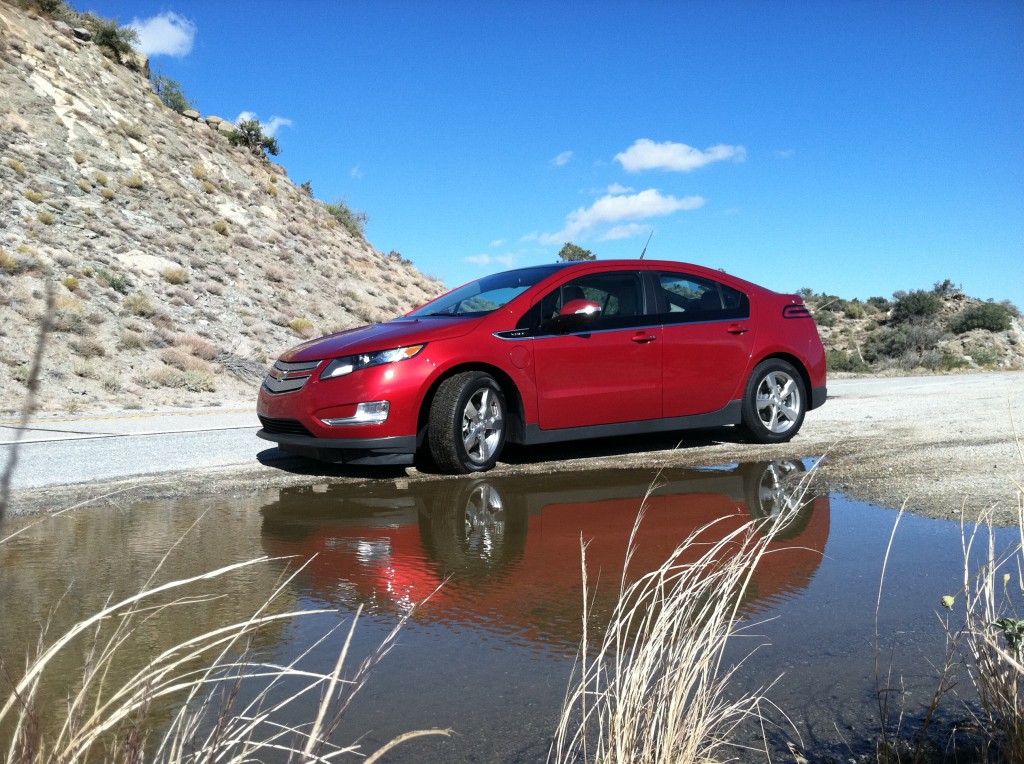
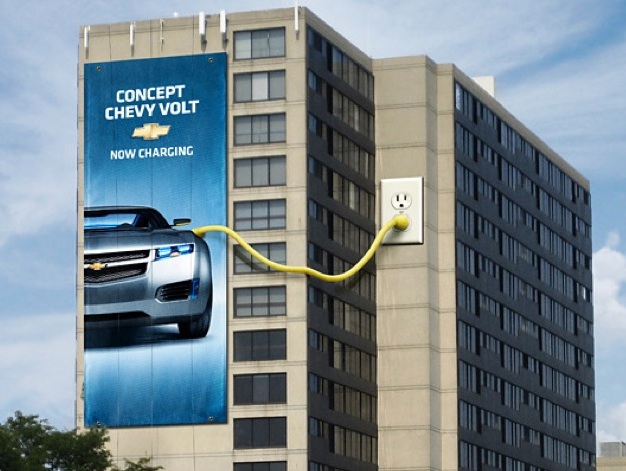
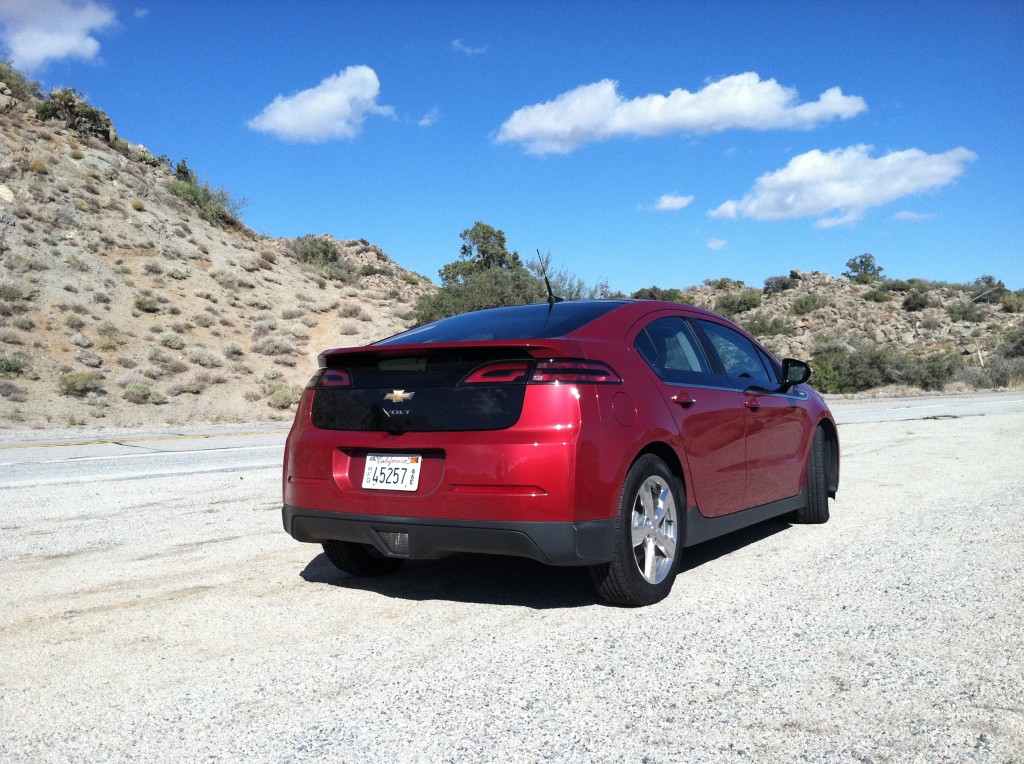


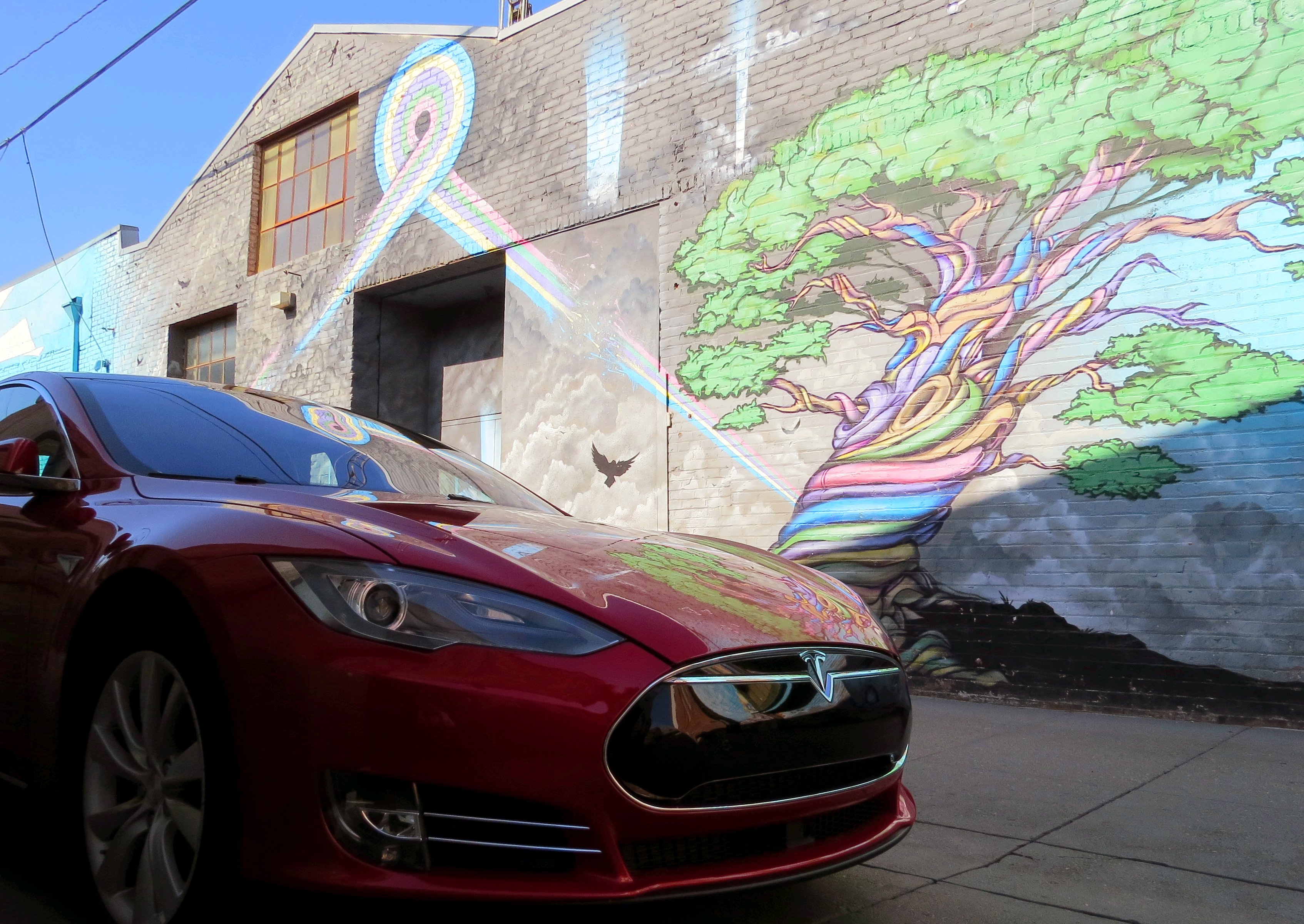

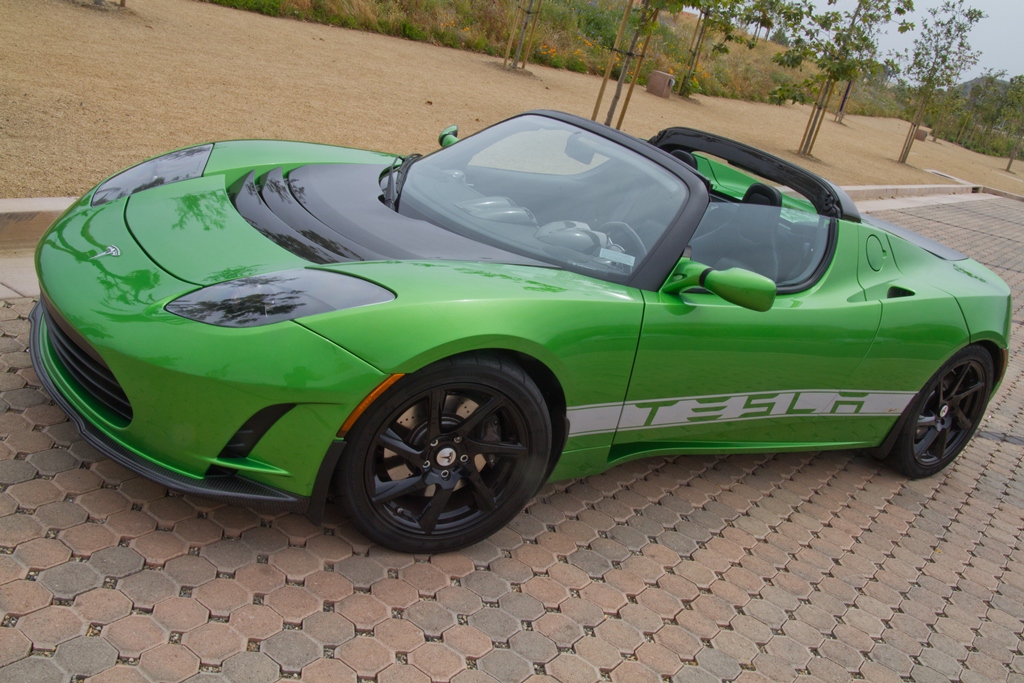

5 thoughts on “Road Test: 2012 Chevrolet Volt “As Efficient as $40k Can Get””